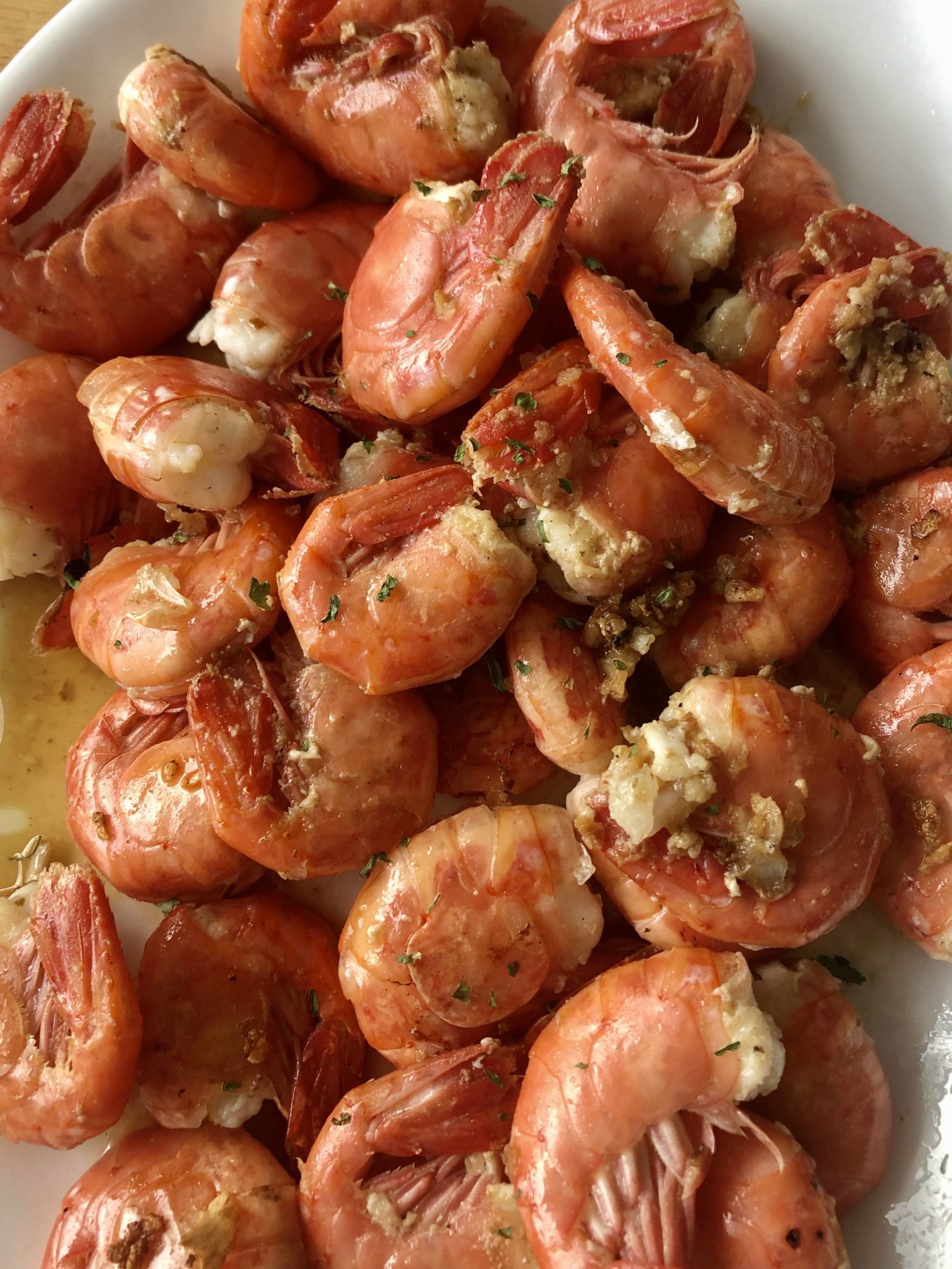Shrimp is one of the shortest fisheries of the year in the waters around Whidbey Island and opens today for just a few hours in some areas.
All shrimp species are open to harvest on Wednesday, May 19 from 9 a.m. – 1 p.m. in Marina Areas 8-1 and 8-2, which covers the eastern shores of Whidbey Island from Deception Pass to Possession Point.
Nearby South Marine Area 7 is a popular spot for shrimping, especially near the southern tip of Lopez Island. The season is open May 19-22 and June 2-5 during daylight hours only.
State Department of Fish and Wildlife officials monitor the shrimp population closely, and the quick hits can result in “combat shrimping,” as Jerry Liggett said in a recent seminar presented by America’s Boating Club of Deception Pass.
Liggett has been shrimping for five years and offered tips during the free seminar.
His advice was to research local shrimping spots by seeking information from guidebooks, fishing stores, YouTube and other local anglers. Everyone has their own way of fishing, he said, and novice shrimpers “talk to the ones who invite you over to eat shrimp.”
Liggett said he has had good luck in the area between Oak Harbor and Camano Island, and near Smith Island and southern Lopez Island.
Spot shrimp are the biggest and most common in Puget Sound. Shrimpers can also find coonstripe, pink and the elusive sidestripe shrimp in Washington.
Liggett has used a bait recipe of one box of instant potatoes, two cups of dry cat food (fish flavors are best), four cans of Friskies cat food, two cans of mackerel and one or two cups of liquid fish fertilizer. Most items can be found at the dollar store.
“They’re basically going after that stinky bait,” he said.
Shrimpers can also buy pre-made shrimp bait in the fishing section at most stores if they don’t want to get their hands too dirty.
There are several rules and requirements about timing, location and gear that make shrimping more complicated than crabbing, according to state Department of Fish and Wildlife Enforcement Officer Ralph Downes.
“Someone might be the king of crabbing — but you can throw a shrimp pot in their hand and they mess up,” Downes said.
One difference from crabbing is that shrimp pots need a yellow buoy instead of the red and white ones that dot the waters around Whidbey in the summer. Shrimp pots also need more line — pots should have 300 feet of leaded rope. Downes said he often receives calls of stolen gear but it’s more likely the pots are just lost.
“Much of the time the gear isn’t stolen. It’s lost because the individual put the gear down when they shouldn’t,” he said, adding that he’s returned pots that were found over 10 miles away from where they were set.
He said shrimp tend to congregate near cliffs so the region’s strong currents can carry pots down to the depths. Iceberg Point on the southern end of Lopez Island is notorious for sunken gear, he said. Like crabbing, shrimp pots must have a biodegradable rot cord that will let the crustaceans escape in the event they are not harvested.
Downes acknowledged the temptation some shrimpers feel to over-fish. Each person with a license is limited to 80 shrimp per day during the month of May when the season is open in Puget Sound, and they are supposed to sort their catch before deploying the next pot.
Shrimpers should take note of the species of shrimp caught and put them into buckets marked for which person they belong to.
• For more information go to https://wdfw.wa.gov/fishing/shellfishing-regulations/shrimp/areas or call the shellfish rule change hotline at 866-880-5431.



